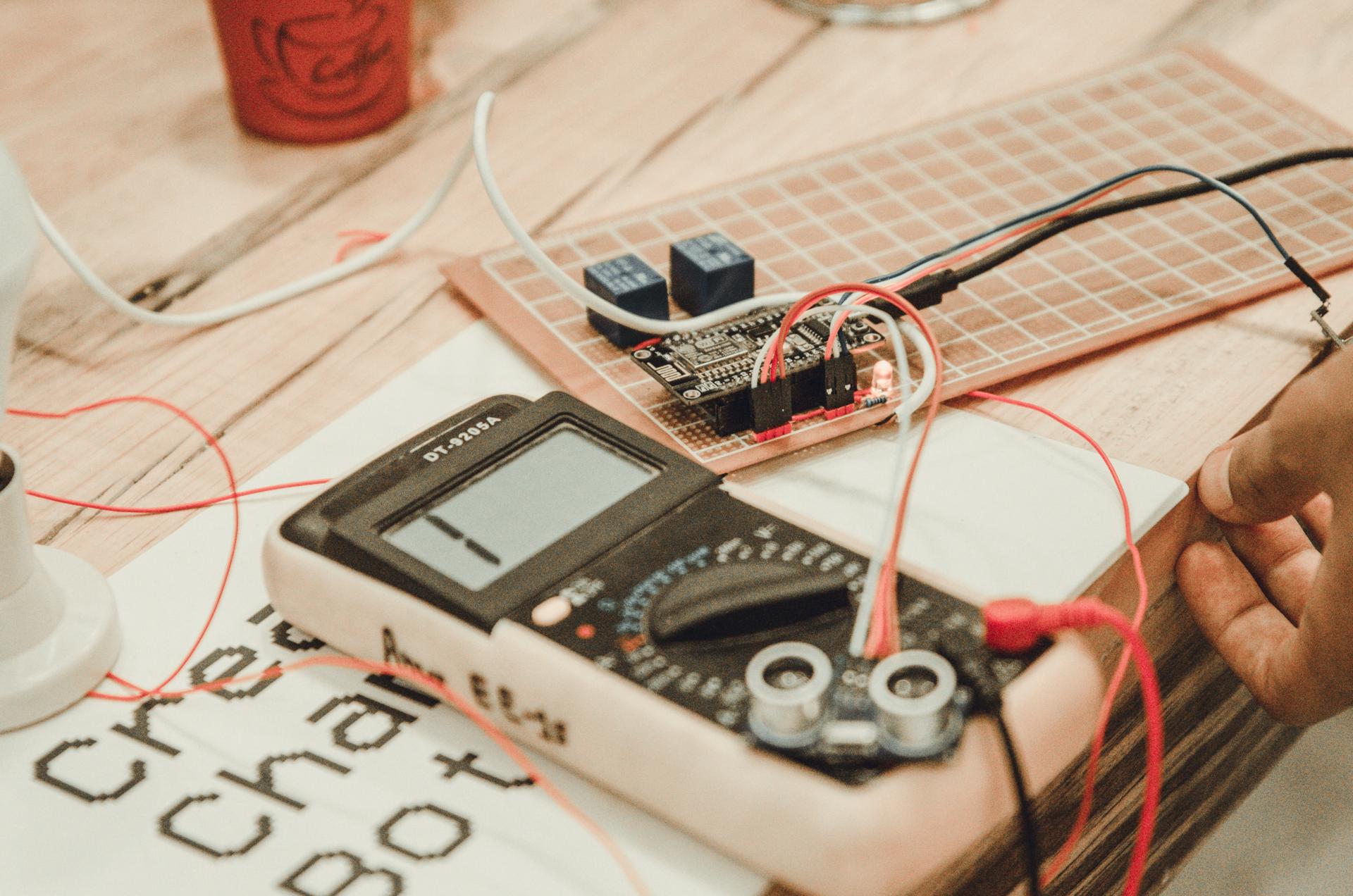How to Test Your House's Electrical Safety: A Complete Tutorial

In the realm of home safety, one of the primary areas to consider is electrical safety. Testing for electrical safety is the process of evaluating the electrical system in your home to be sure that it’s safe and current. In this article, we’ll provide you with information on what the electrical safety tests are, what tools will be required for conducting them, how to perform the tests, and what warning signs to look out for.
What’s what is an Electrical Safety Test?
An electrical safety test is the procedure of examining the electrical system within your home to make sure it is safe and working properly. Electrical safety tests are important as they help to in preventing electrical fires and electrical accidents and also ensure the long-term durability the electrical systems you have.
Tools Required to conduct an Electrical Safety Test
To conduct an electrical safety test, you’ll require a few basic equipment. They include an electrical voltage tester as well as a continuity tester, circuit tester and an outlet tester. A voltage tester can check for live circuits while the continuity tester checks for damaged circuits. The circuit tester is utilized to look for wiring issues and outlets testers are used to check for wiring issues at the outlets. It’s important to use the tools correctly in order to obtain precise results.
How do I Conduct an Electrical Safety Test
To conduct an electric safety check inside your home, follow these steps:
Switch off the power source on the circuit or circuits you’re testing.
Utilize your voltage tester to test whether there are live circuits.
Utilize the continuity tester to check the integrity of your circuit.
Make use of the circuit tester for checking for wiring faults.
Utilize the tester for outlets to check for wiring problems within the outlets.
During the testing process Be sure to check for any signs of damage or wear on the wiring for example, broken or frayed wires burn marks, or loose connections. If you spot any problems you need to fix them as quickly as you can to avoid potential hazards.
The Signs of Electrical Issues to Watch Out For
There are many warning signs that could signal electrical problems in your house. They include flickering light bulbs, frequent circuit breaker tripping and crackling or buzzing sounds emanating from outlets. They also include outlet that are hot or discolored, and a burning smell. If you spot any warning signs, it’s important to get to work immediately to avoid any electrical dangers.
Conclusion
Safety tests for electrical appliances are essential for ensuring your safety and your family. By conducting regular tests and fixing any issues quickly you will be able to prevent electrical hazards and extend the life of your electrical system. If you need help with electrical testing or repairs Don’t hesitate to reach out to Electricians of Pukekohe. Our team of experts can give you professional guidance and assistance. Contact us at 0800 570 095 to schedule an appointment or to request a quote.
FAQ Section
When should I perform an electrical safety test at my home?
We recommend conducting safety tests for electrical equipment at least once a year.
Do I have the ability to conduct an electric safety check on my own , or do I need the help of a specialist?
While it’s possible to perform an electrical safety test by yourself however, it’s advised to employ an expert to guarantee accurate results and avoid potential hazards.
Which are the top common electrical problems found in an electrical safety test?
The most frequent electrical issues discovered during a safety check include defective wiring, circuits that are overloaded, and outdated electrical systems.
What should I do if find an issue during the electrical safety test?
If you discover a problem during the electrical safety test It is crucial to act immediately. This may include making contact with an experienced electrician to address the issue or replacing the equipment that is malfunctioning.
